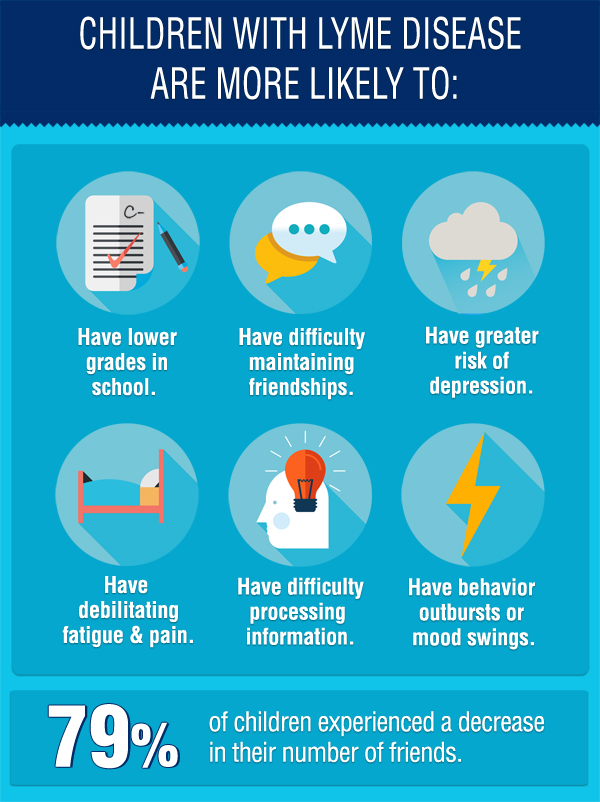-
Discovery Channel – Ticks: The Real Vampires
An hour long program produced for Discovery Channel. (2009). Note: The vaccine mentioned in the movie is no longer available. It has been taken off the market.
-
Learn The Facts About Ticks
-
- Ticks have no boundaries. Recent studies have shown that infected ticks can be carried all over the country by migrating birds. A 2014 study by University of California, Berkley found several species of birds were carrying ticks, infected with the Lyme disease bacteria (Borrelia burgdorferi) and therefore, capable of spreading the disease throughout California.
- Ticks prefer to crawl up. Ticks don’t fly, jump or fall from trees. They wait patiently on brush, logs, leaves, tall grass or other shrubbery until a host (human or animal) passes by and it latches on. It will typically begin crawling upward to find a warm, moist, hidden area of the body where the skin is thin. And, then it attaches (bites).
- Ticks are “programmed” to attach to areas around your neck and head, according to TickEncounter.org. The skin is thinner in this region and once attached, it’s easier for ticks to access blood. This can make young children particularly more susceptible to tick bites, since their heads are lower to the ground or they frequently roll around and play on the ground.
- In the nymph stage, a tick is the size of a poppy seed. A tick bite is usually painless and the attached tick may go unnoticed.
- Many people never see a tick attached to their body. Fewer than 50% of Dr. Charles Ray Jones’ patients report noticing a tick attachment. Tick bites do not always leave a rash. Fewer than 10% of Dr. Charles Ray Jones’ patients recall an Erythema Migrans rash (EM or bulls-eye rash).
- Ticks become engorged (fatten up) as they feed. If your child has been outside and you perform a tick check but do not see a tick, you may want to consider checking several hours later, particularly around head and in the hair. It may be easier to feel or see a tick as it becomes engorged.
- Ticks can survive in temperatures below zero. Although it was once believed that ticks could only survive in temperatures near or above freezing, scientists have recently found that not to be true. A 2012 study by the Cary Institute found, 80% of ticks can survive in subzero temperatures.
- Not all ticks carry Lyme disease. You must be bitten by an infected tick for it to transmit Lyme or another disease. Ticks can carry multiple diseases. Transmission time varies for different pathogens. Ticks can transmit more than 1 infectious organism in a single bite, which can result in contracting more than 1 disease (co-infections).
- The longer an infected tick is attached, the greater the risk of contracting Lyme disease. According to the CDC, it usually takes 36 – 48 hours before the bacteria can be transmitted. According to TickEncounter.org, it usually takes 24 hours or more. Meanwhile, physicians treating Lyme disease argue they’ve treated patients who have contracted Lyme disease after the tick was attached for only a few hours. Medical professionals continue to debate the tick attachment and transmission times.
- The blacklegged tick (deer tick; Ixodes scapularis ) is responsible for spreading Lyme disease in the northern and north central United States. The western blacklegged tick (Ixodes pacificus) is spreading Lyme disease in the Pacific U.S., according to the CDC.
-
Polar Vorticks
Ticks are found to survive in frigid temperatures, even below freezing.



